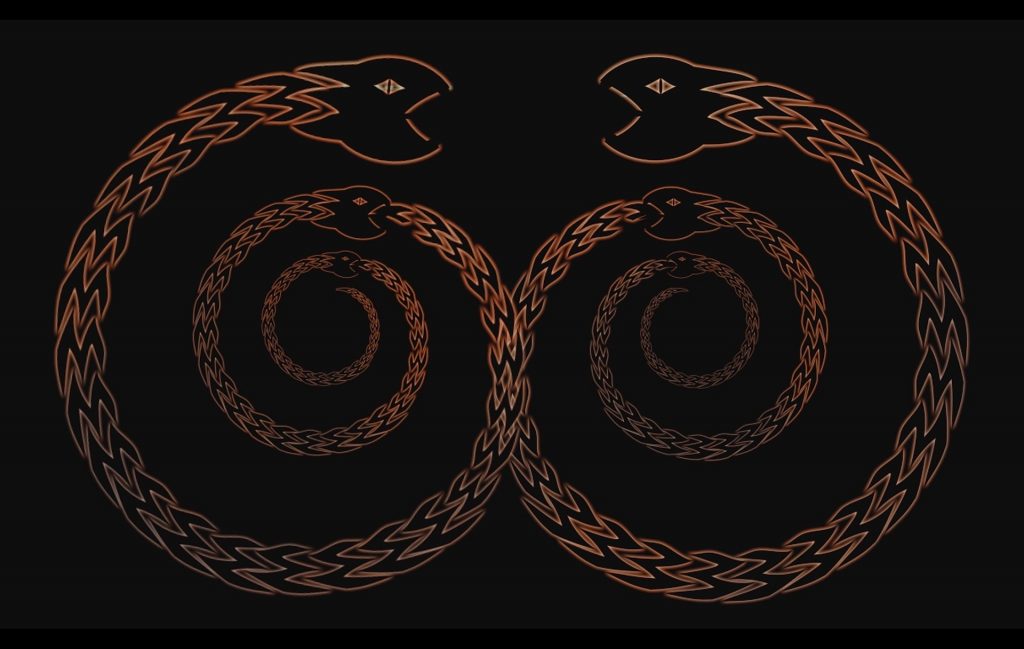In an upcoming Harding Family Story (The Lost Codicil) ancient words and symbols are a small, but important part of the storyline. No, I’m not trying to go Dan Brown, but as usual, I’m weaving real history into the fictional story and some of that refers to ancient words and symbols.
Saeculum is a length of time roughly equal to the potential lifetime of a person or of the complete renewal of a human population from a given event or point in time. The term was first used by the Etruscans and adopted by the Romans. Originally it meant the period of time from the moment that something happened (for example a major war or the founding of a city) until the point in time that all people who had lived at the first moment had died. At that point a new Saeculum would start. According to ancient legend, the gods had allotted a certain number of saecula to every people or civilization; the Etruscans believed that they had been given ten saecula.
By the 2nd century BC, Roman historians were using the Saeculum to periodize their chronicles and track wars. At the time of the reign of emperor Caesar Augustus (first emperor of Roman Empire) the Romans decided that a Saeculum was 110 years.
The term Saeculum evolved to common usage in which it stands for a period of about 90 years. The Romans divided it into four “seasons” of approximately 22 years each; these seasons represent youth, rising adulthood, midlife and old age.
In the Romance languages the word has evolved to mean “century”.
I first came across the term Saeculum when reading Strauss-Howe Generational Theory by authors William Strauss and Neil Howe and what they describe as a recurring generational cycle in American history. I thought, I must use this in a story.

What the heck, you ask, is that!
Ouroboros is an ancient symbol depicting a serpent or dragon eating its own tail. The Ouroboros originated in Ancient Egyptian iconography and was adopted as a magical symbol by the Greeks and medieval alchemists and modern symbolism. It is often taken to symbolize introspection or cyclicality in the sense of something constantly re-creating itself. It can also represent the infinite cycle of nature’s endless creation and destruction, life and death and despair.
In The Lost Codicil, Nicholas Harding and his friend Don Marshall run into a group calling themselves the Saeculum who are trying to make sure that a long lost secret remains secret.

If you’re interested in reading more on Strauss-Howe Generational Theory, see the reference below.
- Howe, Neil; Strauss, William (1997). The Fourth Turning: What the Cycles of History Tell Us About America’s Next Rendezvous with Destiny. New York: Broadway Books.